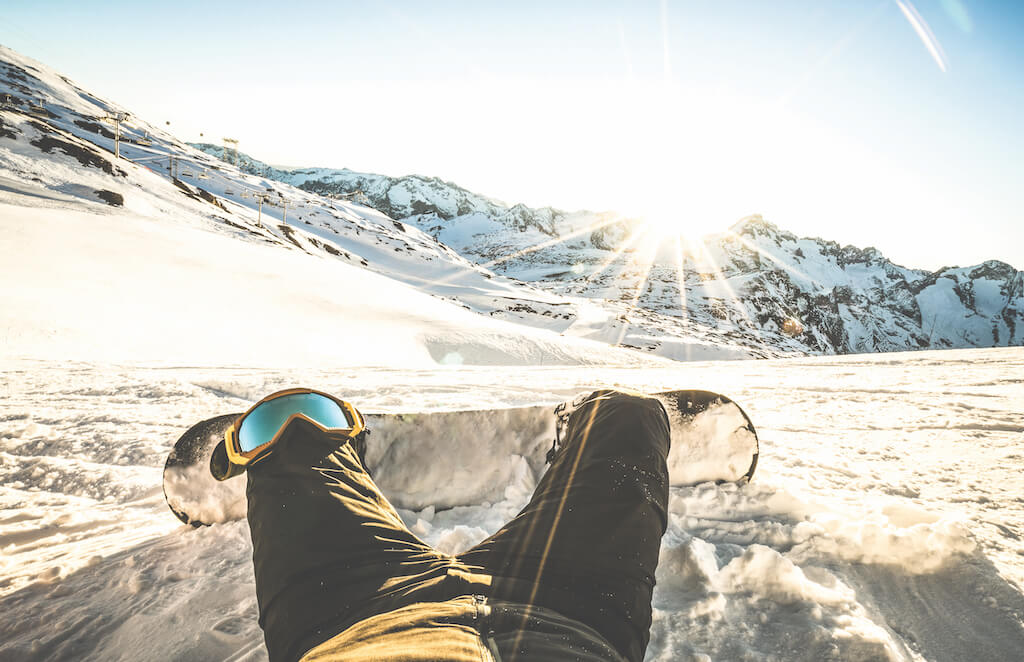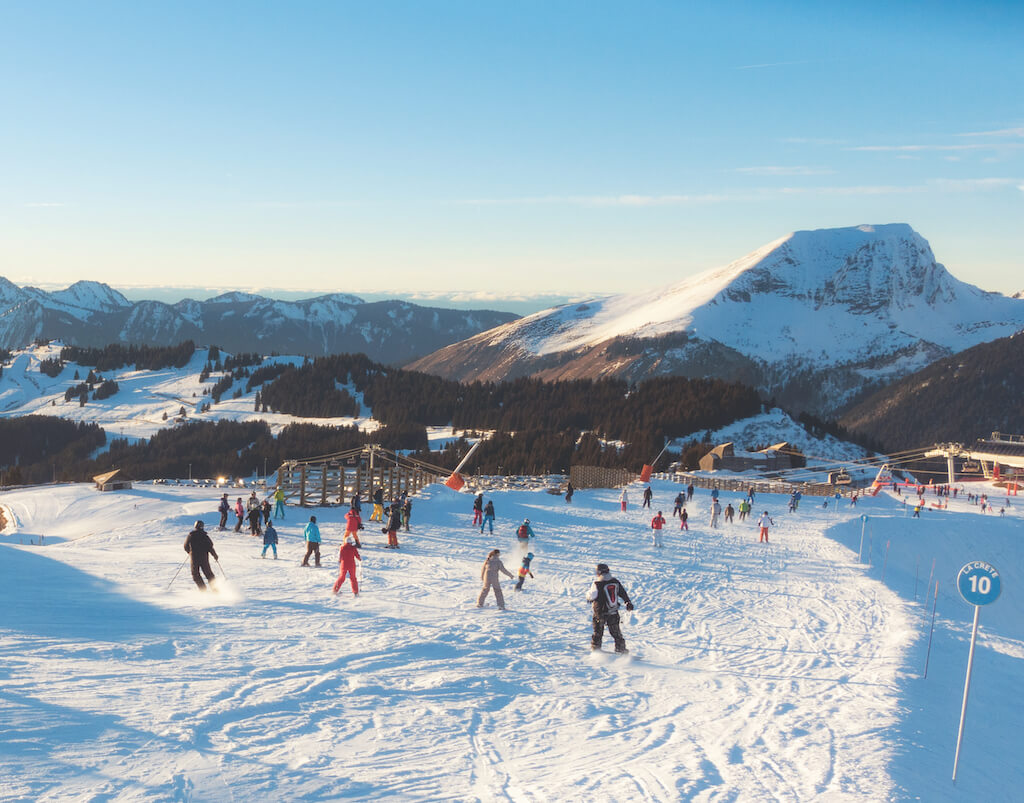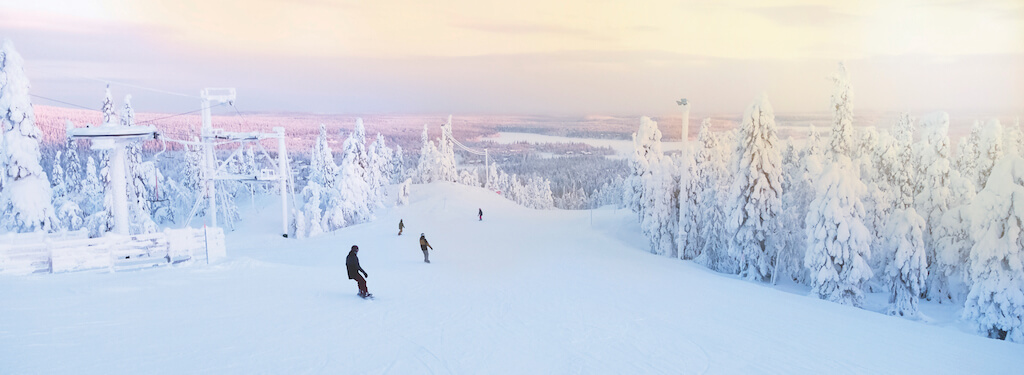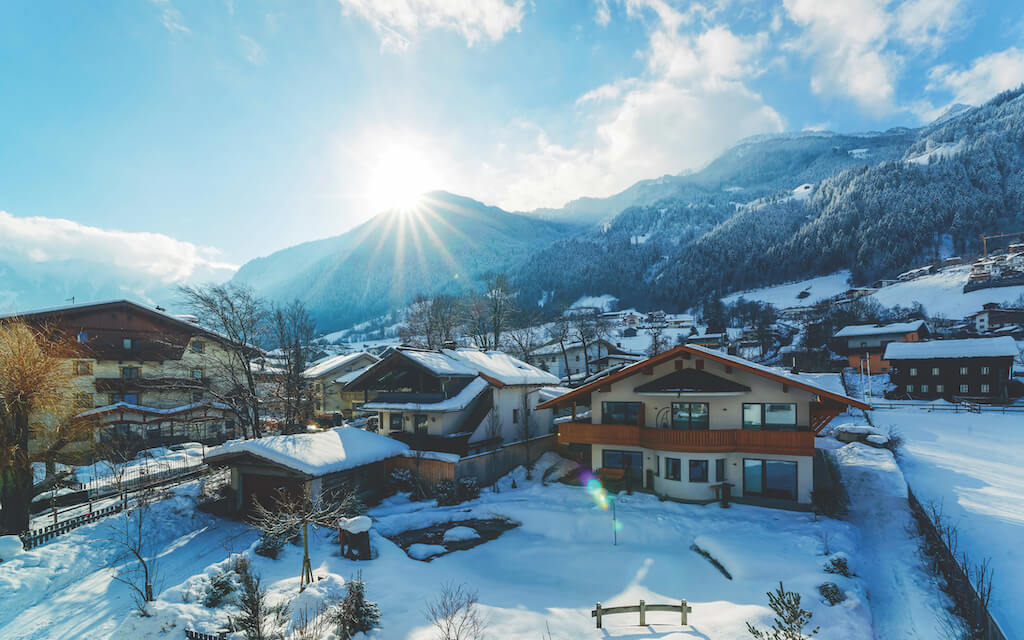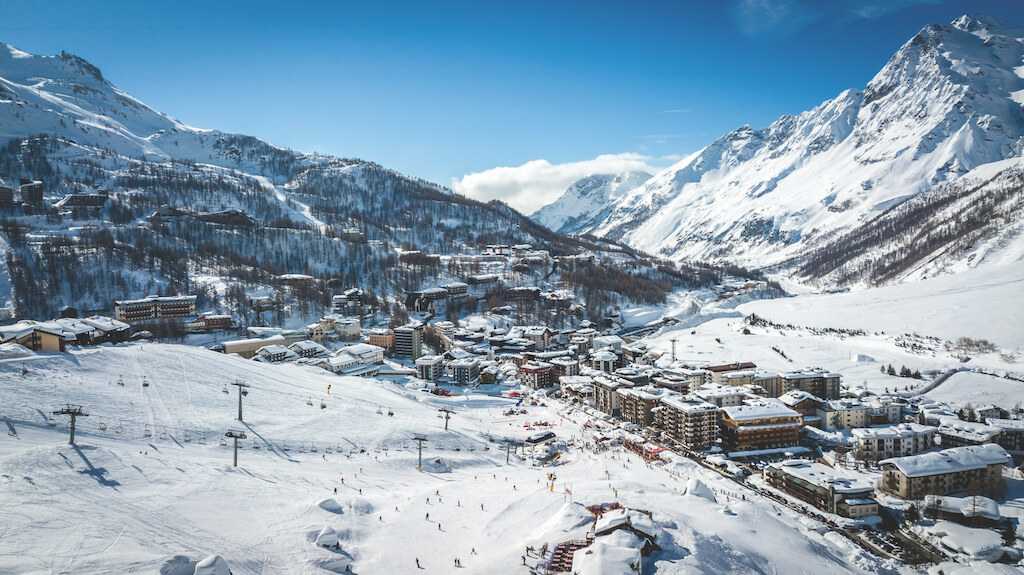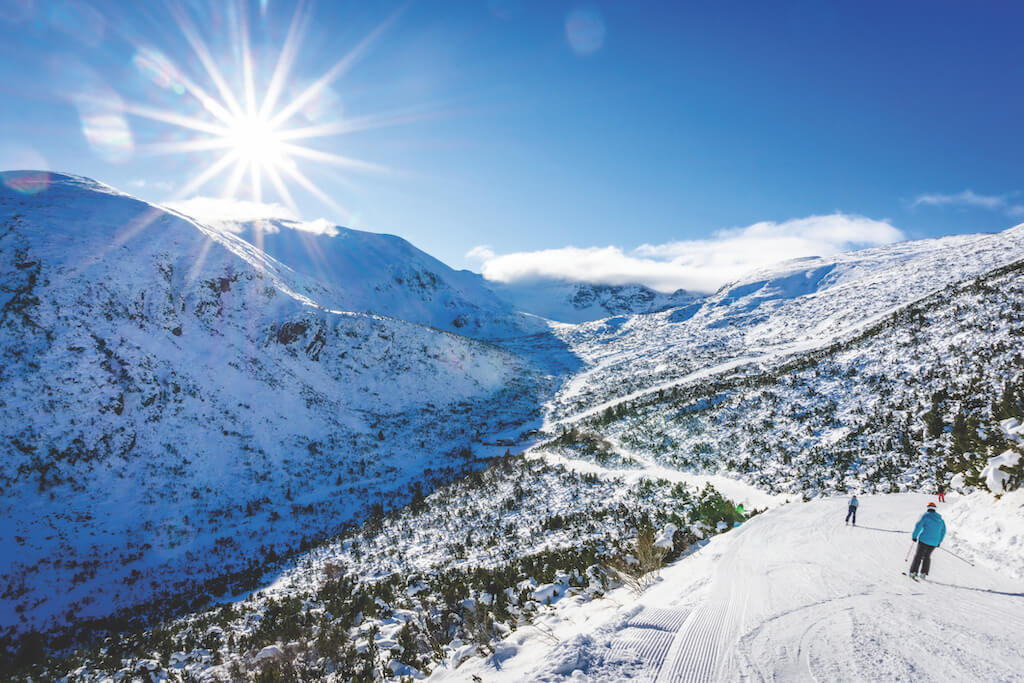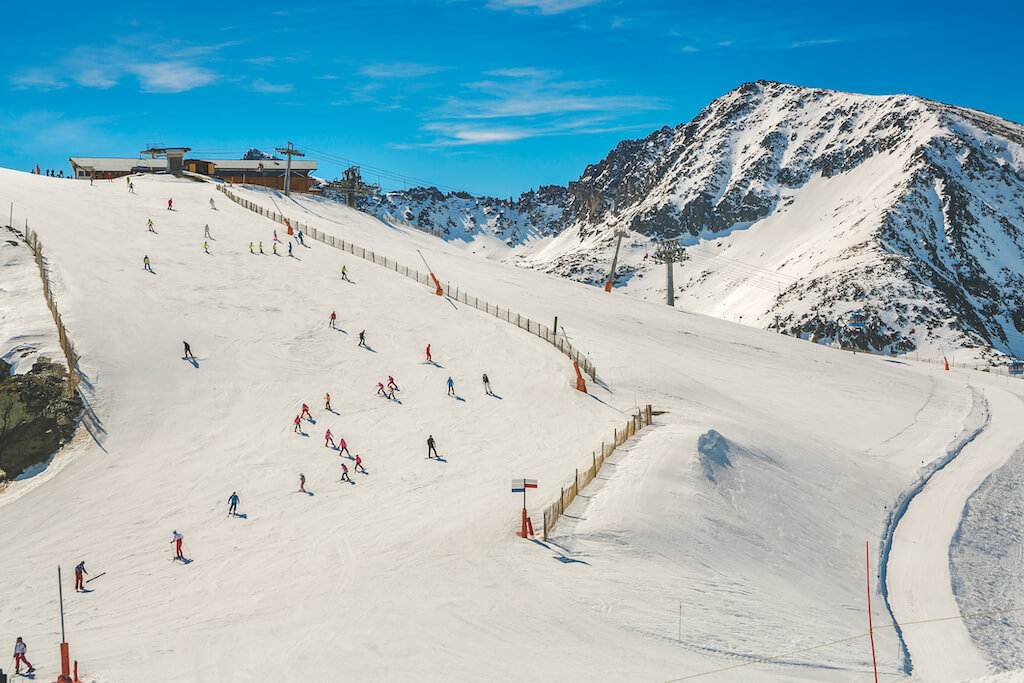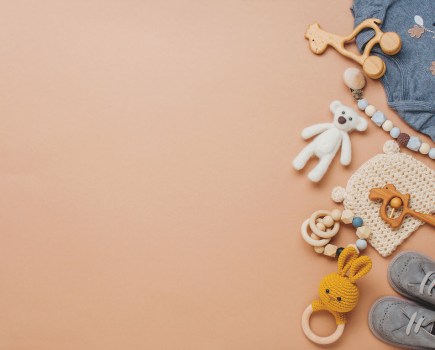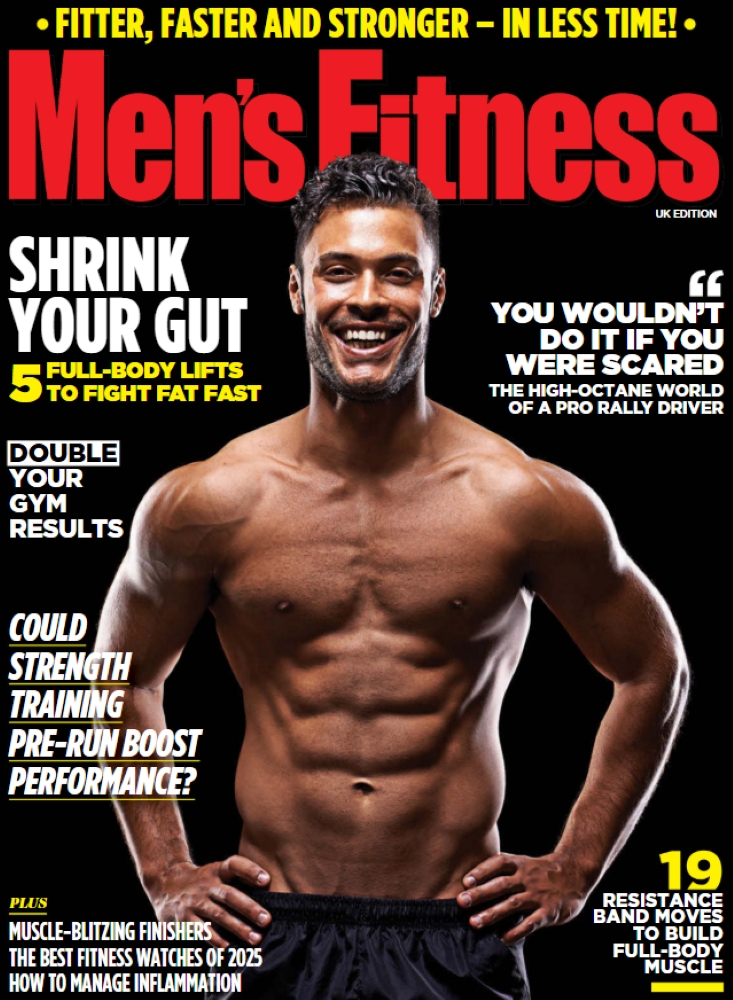Taking up snowboarding – even on our distinctly un-mountainous island – has never been easier. There is a plethora of artificial ski slopes across the UK, including six with real snow. And, post-Covid, there are cheap train and airline tickets available to the ski resorts on the continent, all of them desperate for British custom.
Much ink has been spilt, and indeed much snow melted, over the thorny question of which snowsport is superior, skiing or snowboarding? The answer, of course, is that it all depends on personal taste.
No one can even agree on which of the two disciplines is easier to learn. When snowboarding was first developed in the late 1970s, it was certainly the simpler of the two when it came to picking up the basics. However, modern, lightweight, more responsive skis have helped debutant skiers. Nowadays most people suggest that skiing is easier to learn but harder to master, while snowboarding is tougher in the initial stages, but easier to get good at.
Why so? With skis, your legs are obviously separated, so when you’re making your first tentative attempts, you can re-balance yourself more easily by pushing one leg out to the side. First-time snowboarders, on the other hand, will fall over hundreds of times before they learn to balance properly. There is, however, one area in which snowboarding is definitely better than skiing: the boots are far more comfortable.
Close to home
There are dozens of artificial ski slopes dotted all over the UK, most of which will accommodate first-time or improving snowboarders. To get a real taste of the mountains, though, you should avoid the dry slopes – which have synthetic carpets – and opt for an indoor centre with real snow on the slopes.
Rob Stewart is equipment editor at In the Snow magazine. He says beginners should expect to take plenty of tumbles – which is where the real snow comes in handy: “If you’re a beginner at snowboarding, you’re going to fall over a lot. Falling over on plastic isn’t great. It’s nicer to learn on real snow.”
Further afield
Once you’ve done a few hours in the UK, it’s time to hit the slopes for real. But where’s best? Luke Rees is managing director of adventure sports website awe365.com. He says that, for the first couple of days, beginners need a relatively quiet and fairly wide ‘blue’ run. Crucially, since snowboarders, unlike skiers, have no sticks, they should avoid runs with flat sections. Rees suggests beginners simply repeat the same piste until they grow in confidence. “This could just as easily be at a tiny ski area as at a huge, well-known resort,” he says. “The difference is it’s cheaper and less busy at smaller resorts.”
He recommends these well-known resorts for first timers…
BEST BEGINNER-FRIENDLY SNOWBOARD RESORTS
Avoriaz, France
Probably the best snowboarding school I know operates here, and teaches kids from about three years old. Avoriaz has a large beginners’ area in the middle of town, plus lots of blue runs within easy reach. The town is car-free and most accommodation is ski-in-ski-out.
Ruka, Finland
Lots of short, easy runs. The snow is generally softer, as it’s colder, so there is no freeze thaw which causes icy conditions. There are excellent schools and the instructors speak perfect English. It can be brutally cold and dark between December and February, though.
Mayrhofen, Austria
There’s a big beginners’ area and lots of easy slopes. Most of the après-ski happens near here, allowing beginners to feel part of that scene more than they would at many other resorts.
Cervinia, Italy
The beginners’ area is easy to access at the bottom of the slopes. The resort has many blue runs that are always immaculately groomed, and the red slopes tend to be a bit easier than elsewhere.
Borovets, Bulgaria
This is a low-cost resort that’s great for first-timers. There’s a good beginners’ area in the centre of town. Of the two mountains, the smaller one offers predominantly easy runs with great progression.
Soldeu, Andorra
There’s a big ski and snowboard school with many groups for all abilities. There are excellent beginners’ slopes, as well as progressive blue slopes – either big, wide runs, or featuring trees. The lift system is modern and fast, and the area is never too busy.
Crans-Montana, Switzerland
This resort is well-known for its family-friendly ski area with good snow schools. It’s a bit quieter than some of the more famous Swiss resorts. Around 40 per cent (55 km) of the pistes are classified blue, meaning that beginners have plenty of variety to explore.
HOW TO GET FIT FOR SNOWBOARDING
While cardio work will give you the basic fitness you need for snowboarding, it’s important you keep your body supple, too. As well as yoga, Luke Rees recommends prioritising the following areas in the weeks leading up to your trip.
Squats: Practise holding a low squat for as long as you can. Single-leg squats improve your balance and stability, but any squats will help you to get fit for snowboarding.
Ankle circles: These are done flat on your back, moving your feet around one at a time in a slow, controlled way. Do big, medium and small circles.
Core work: Your core muscles are in action all the time when snowboarding, as they keep you upright and balanced. Core strength is also key to keeping hips and spine aligned. And all the twisting and turning is going to push your abs to the limit. Try a variety of planks and leg raises.
Balance: Stand with your knees bent, rock up onto your toes and stay there as long as you can. Then rock backwards and try to balance on your heels. Repeat, repeat, repeat. Also practise standing on one leg. Make it more difficult by raising the other leg ahead of you.
RELATED: Try These BOSU Balance Exercises
Words: Dominic Bliss


